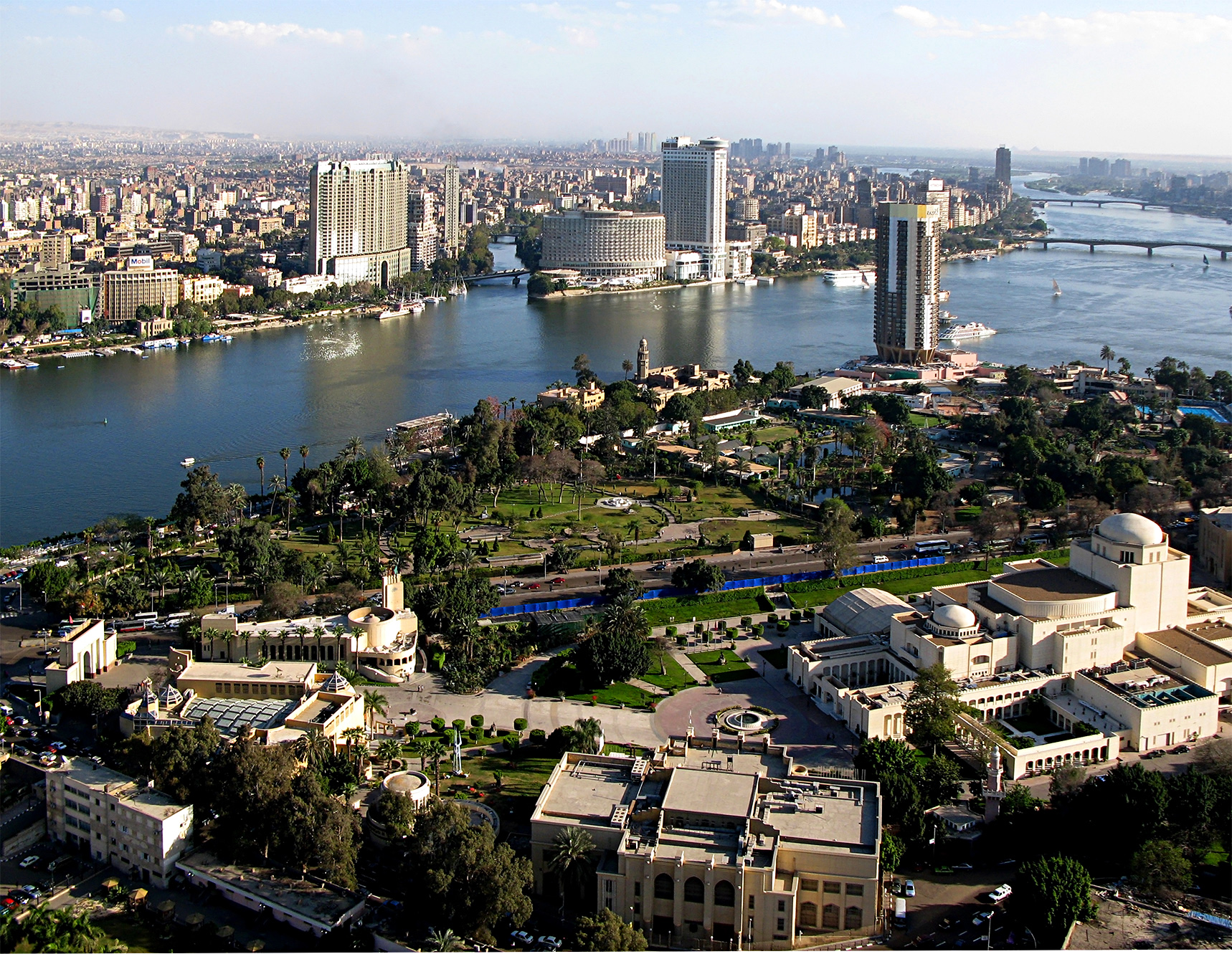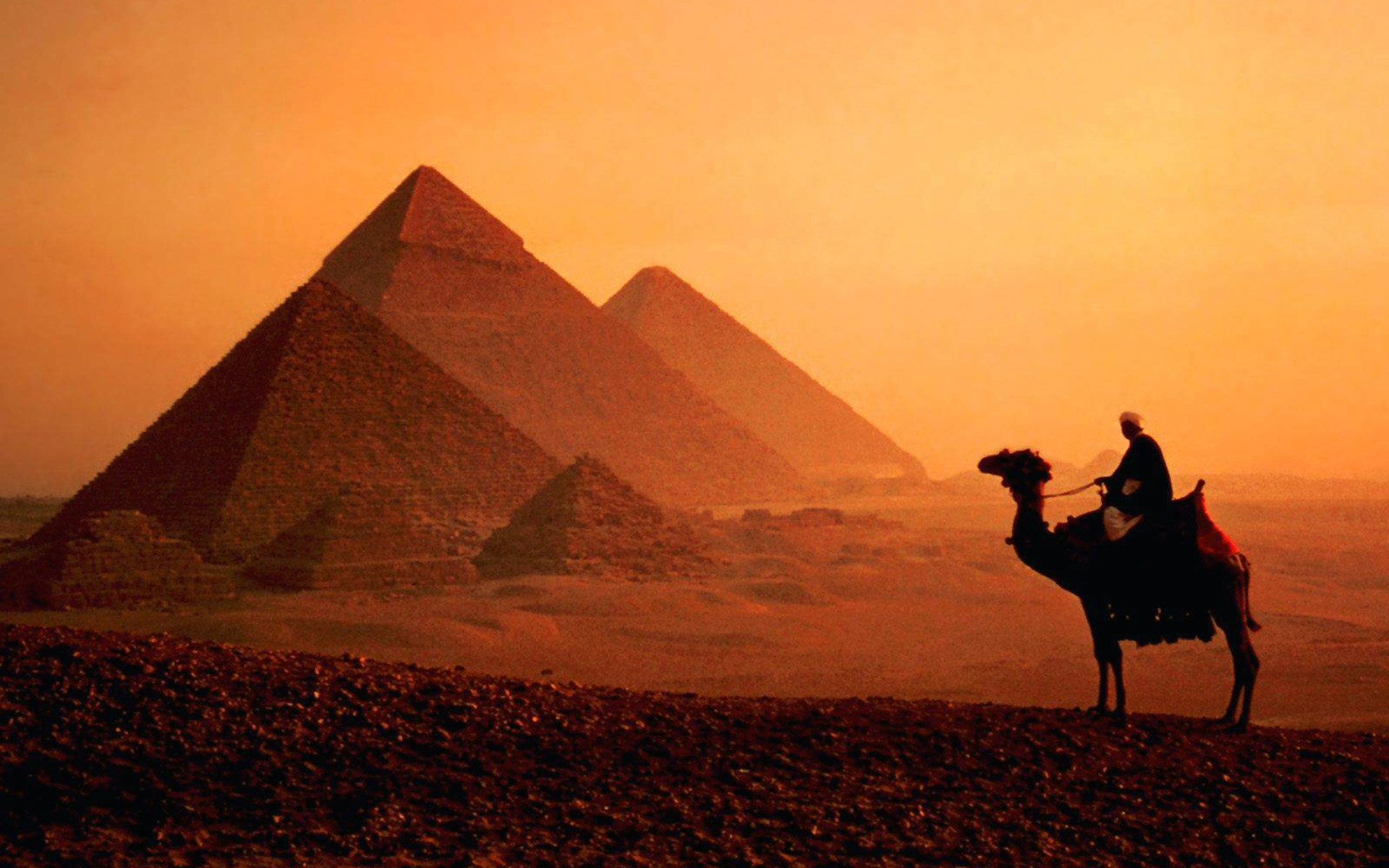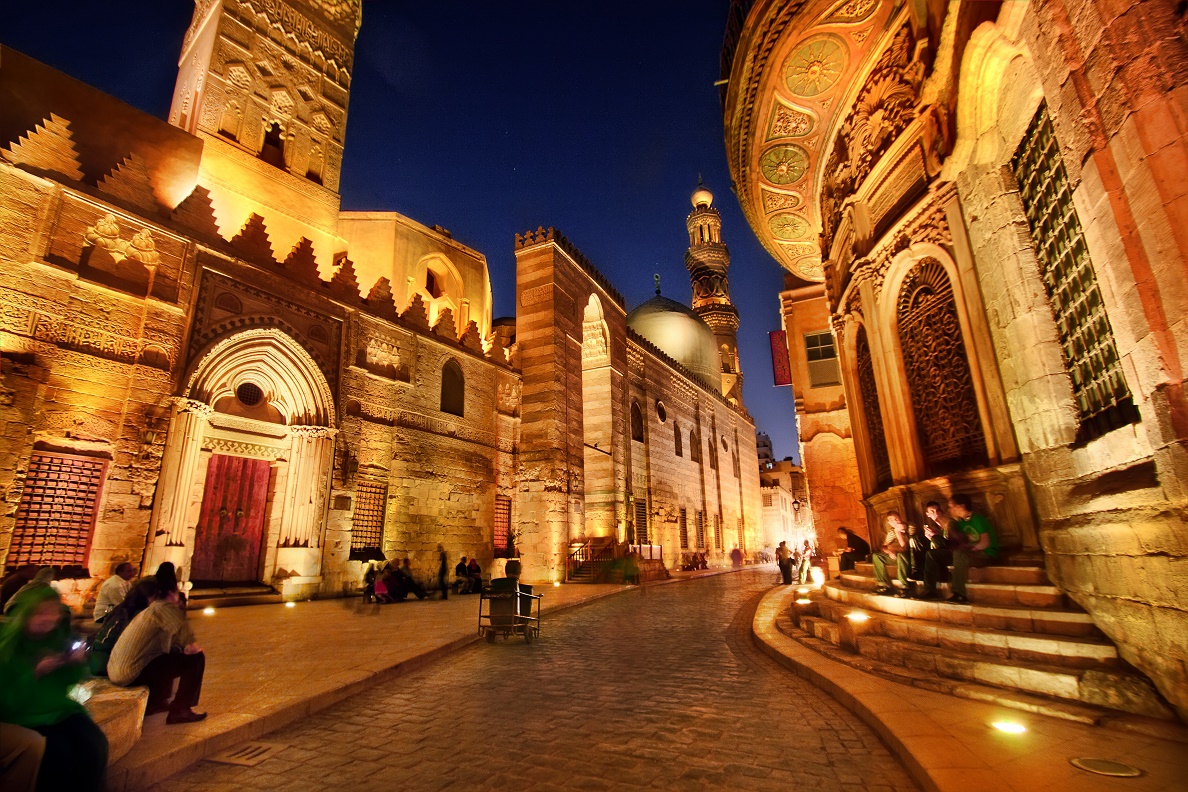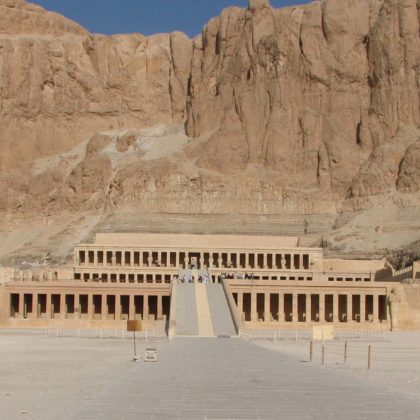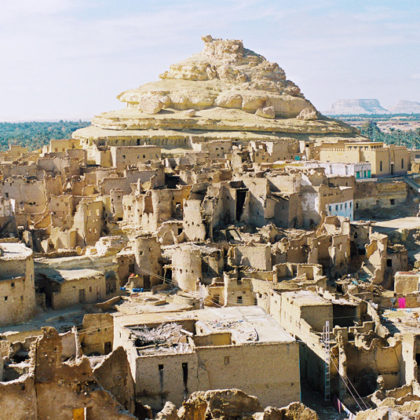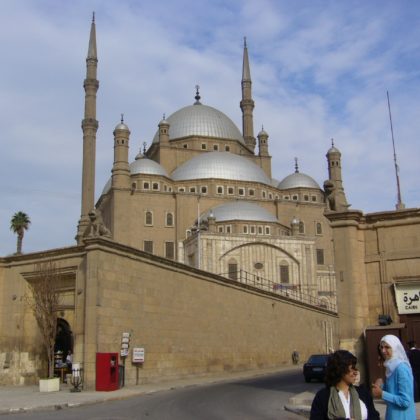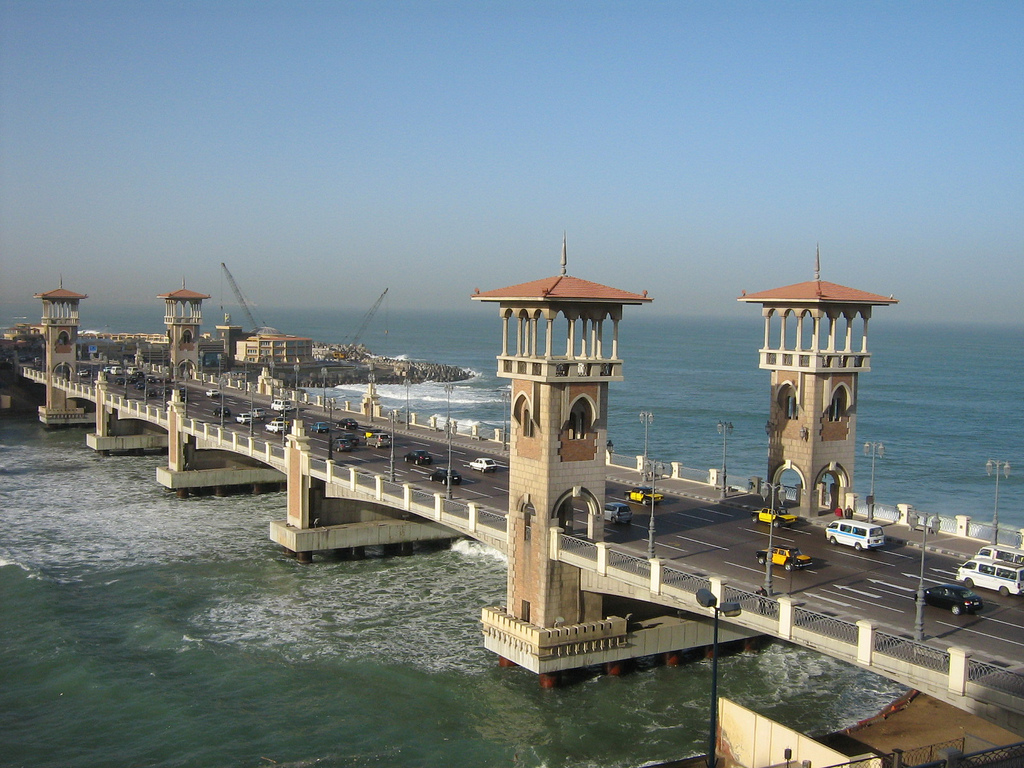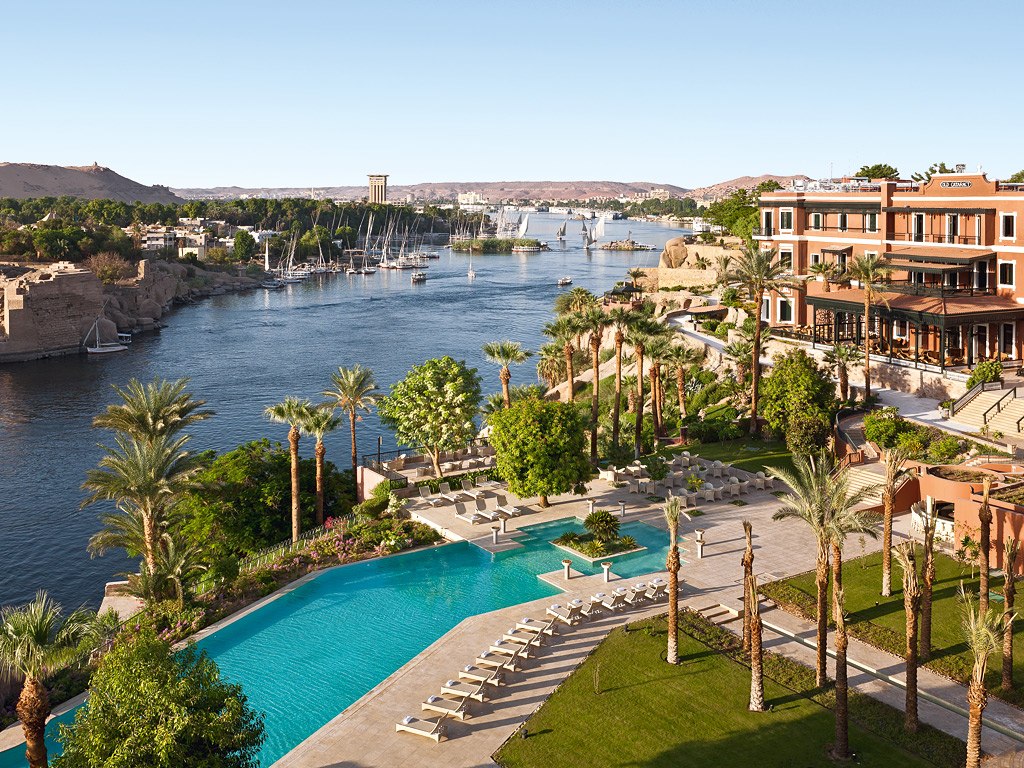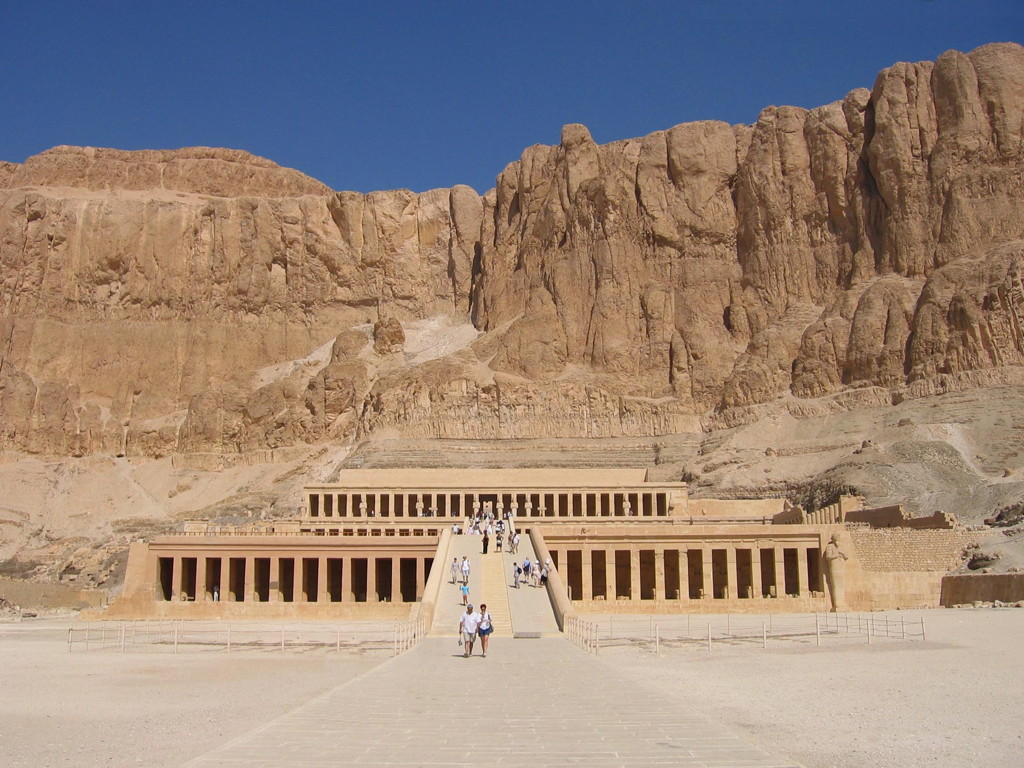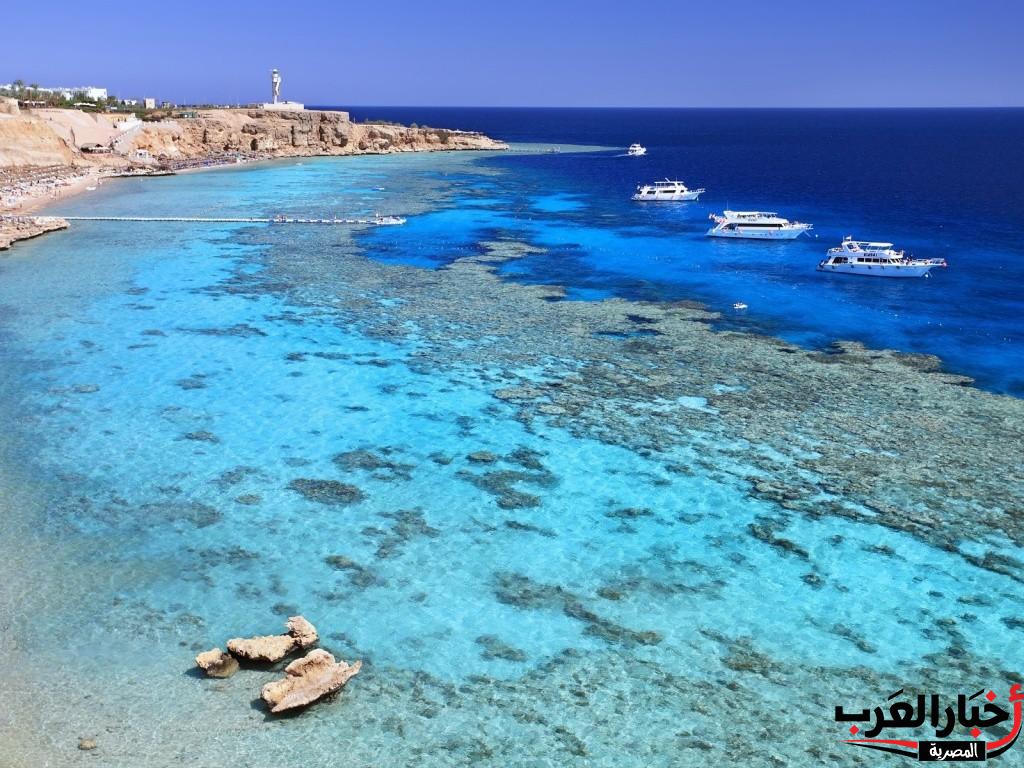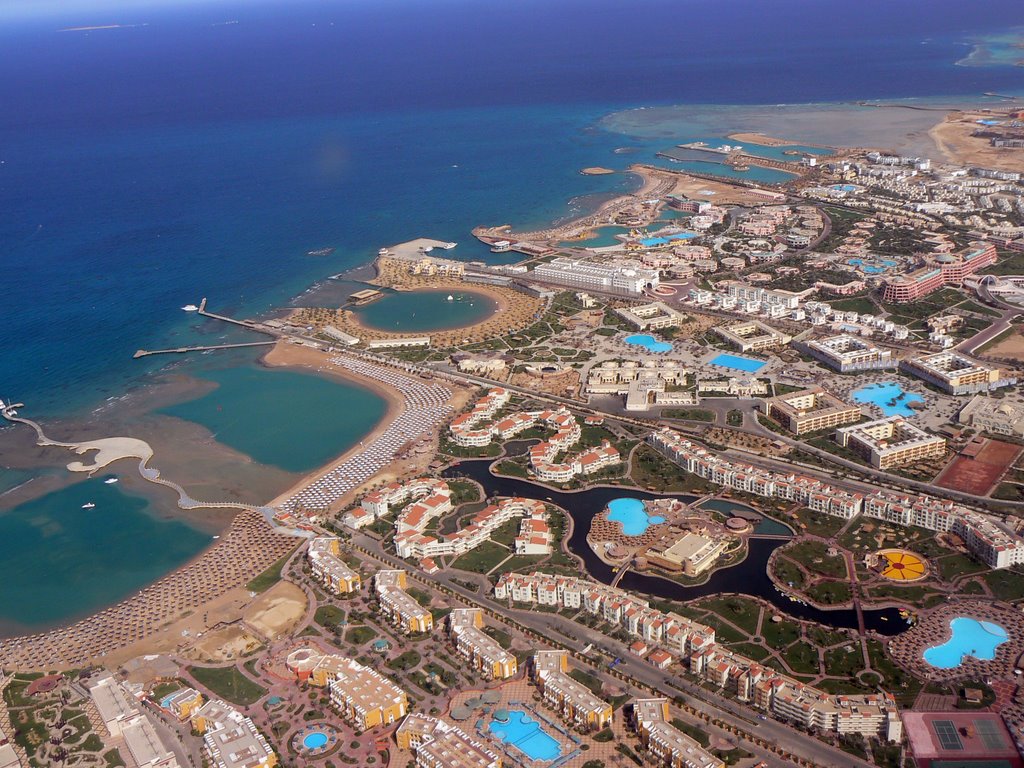CAIRO
Cairo, Egypt.Egypt was the first country to introduce an administrative system with a state capital, which fulfilled a central political and religious role. With the union of the north and south under the rule of King Menes, the city of Memphis became the first capital of united Egypt. The Pyramids of Saqqara and Giza were then build for the pharaohs of the third and fourth dynasties. The Pyramid constructed by King Cheops was considered to be one of the Seven Wonders of the World. The capital was later moved to Thebes (Luxor). With the arrival of Alexander the Great in Egypt, in 332 B.C., and then transferred to Alexandria where it remained during both the Ptolemaic and Roman periods. In 639 Amr Ibn el As brought Islam to Egypt. In 969 the leader of the Fatimite army, Gohar Al-Sikkilli, founded the new city of Al-Kahira (present – day Cairo), whose name means “the victorious one”, which from then on continued to act as the capital of Egypt and center of Islam. The arrival of Salah-el -Din, in 1176 marked a new era in the history of Cairo with the period of the Mamelukes (from 1250 to 1517) representing a phase of building and city planning. The Ottomans from 1517 to 1798 continued the developments started by Mamelukes and also favored important trading activities. After the revolution of 1952, Cairo was given a demographic push by the economic re-launch of the Sixties. Today , this great city counts 18 million inhabitants with a population density of 50,000 inhabitants per square meter. It is considered to be the cradle of Islamic architecture and monuments of particular interest include: the Mosque of Ahmed Ibn Tolun, the Mosque of El Azhar dating back to 971 A.D., Which is the oldest Islamic university, the Citadel of Saladin, build in 1176 and containing the magnificent Mosque of Mohamed Ali. The collection of the artistic masterpieces from pre-historic period till Greco-Roman period is presented in the Egyptian Museum. Amongst them, The Treasure of Tutankhamen is the most sensational discovery in the history of archaeology.
Egypt was the first country to introduce an administrative system with a state capital, which fulfilled a central political and religious role. With the union of the north and south under the rule of King Menes, the city of Memphis became the first capital of united Egypt. The Pyramids of Saqqara and Giza were then build for the pharaohs of the third and fourth dynasties. The Pyramid constructed by King Cheops was considered to be one of the Seven Wonders of the World. The capital was later moved to Thebes (Luxor). With the arrival of Alexander the Great in Egypt, in 332 B.C., and then transferred to Alexandria where it remained during both the Ptolemaic and Roman periods. In 639 Amr Ibn el As brought Islam to Egypt. In 969 the leader of the Fatimite army, Gohar Al-Sikkilli, founded the new city of Al-Kahira (present – day Cairo), whose name means “the victorious one”, which from then on continued to act as the capital of Egypt and center of Islam. The arrival of Salah-el -Din, in 1176 marked a new era in the history of Cairo with the period of the Mamelukes (from 1250 to 1517) representing a phase of building and city planning. The Ottomans from 1517 to 1798 continued the developments started by Mamelukes and also favored important trading activities. After the revolution of 1952, Cairo was given a demographic push by the economic re-launch of the Sixties. Today , this great city counts 18 million inhabitants with a population density of 50,000 inhabitants per square meter. It is considered to be the cradle of Islamic architecture and monuments of particular interest include: the Mosque of Ahmed Ibn Tolun, the Mosque of El Azhar dating back to 971 A.D., Which is the oldest Islamic university, the Citadel of Saladin, build in 1176 and containing the magnificent Mosque of Mohamed Ali. The collection of the artistic masterpieces from pre-historic period till Greco-Roman period is presented in the Egyptian Museum. Amongst them, The Treasure of Tutankhamen is the most sensational discovery in the history of archaeology.
Maecenas convallis leo mi, vitae dictum mi tincidunt a. Aenean ac ante erat. Aenean euismod tempor metus sed blandit. Fusce elementum diam vel lacinia consectetur. Quisque tincidunt turpis ut ligula consectetur vulputate. Vestibulum fringilla ipsum vel dui eleifend, at viverra justo placerat.
TOUR PACKAGES
UPPER EGYP PROGRAM (08 DAYS / 07 NIGHTS)
DAY 1:ARRIVAL CAIRO Welcome to Cairo, Egypt (Around The Clock) Your tour manager will meet & assist you at Cairo International Airport (Arrival procedures) and then he will escort...
Read MoreTHE OASIS (15 DAYS / 14 NIGHT)
DAY 1:ARRIVAL CAIRO Welcome to Cairo, Egypt (Around The Clock) Your tour manager will meet & assist you at Cairo International Airport (Arrival procedures) and then he will escort...
Read MoreTHE NILE (10 DAYS / 09 NIGHTS)
DAY 1:ARRIVAL CAIRO Welcome to Cairo, Egypt (Around The Clock) Your tour manager will meet & assist you at Cairo International Airport (Arrival procedures) and then he will escort...
Read MoreHOLY TOURS (15 DAYS / 14 NIGHTS)
DAY 1:ARRIVAL CAIRO Welcome to Cairo, Egypt (Around The Clock) Your tour manager will meet & assist you at Cairo International Airport (Arrival procedures) and then he will escort...
Read MoreOUR IN-HOUSE SERVICE
Our Recommendations
THE DESERT OASES
Siwa Oasis, Egypt
ALEXANDRIA
Alexandria, Egypt
ASWAN
Aswan, Egypt
LUXOR
Luxor, Egypt
SHARM EL SHEIKH
Sharm El-Sheikh, Egypt
HURGHADA
Hurghada, Egypt




